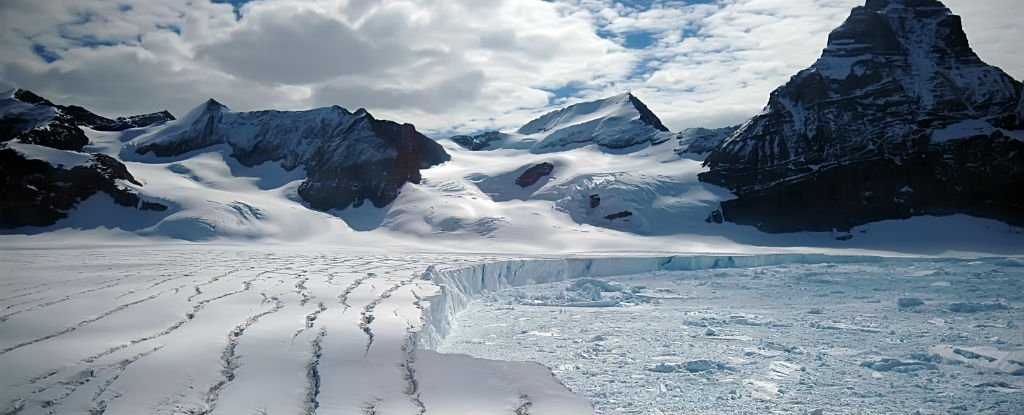
WIDENING RIFT
First come the dazzling blue lakes. Now, scientists have observed another worrying event in Antarctica—a widening rift that is threatening to carve out a chunk of ice the size of Delaware.

Researchers from Project MIDAS have been tracking the progress of a crack in the Antarctic ice shelf, known as Larsen C, and they just found that the fracture has stretched to a total of 130 km (80 miles) in the last five months alone.
A quick background: the Larsen ice shelf is split up into three smaller ice shelves—Larsen A, B, and C. The Larsen A ice shelf disintegrated in January 1995. This was followed by its neighbor, Larsen B, in 2002. Larsen C is considered to be the biggest among the three, covering around 55,000 square km (21,235 square miles) which makes it roughly half the size of Iceland.
Things, however, are not looking good for the remaining Larsen ice shelf.
ICEBERG CALVING
The Project MIDAS team forecasts that about 12 percent of the whole Larsen C ice shelf will break off soon. No one—not even the researchers—can say for sure when this iceberg calving event will happen, but the scientists are sure that when it does, it will be the biggest calving event in Antarctica since the 2000s.
“As this rift continues to extend, it will eventually cause a large section of the ice shelf to break away as an iceberg,” the Project MIDAS team said in a blog post. “Computer modeling suggests that the remaining ice could become unstable, and that Larsen C may follow the example of its neighbor Larsen B, which disintegrated in 2002 following a similar rift-induced calving event.”
“If this will calve off in the next, say two or three years, the calving front will be retreated very far back, farther than we’ve seen it since we were able to monitor this,” team member Daniela Jansen from the Alfred Wegener Institute Helmholtz Center for Polar and Marine Research in Germany, told The Washington Post.
This loss would, in short, speed up the disintegration process. As a result, Antarctica would lose more and more of its ice. This does not bode well in relation to concerns regarding the loss of ice sheets and associated rises in ocean levels; however, the specific impact still requires study.